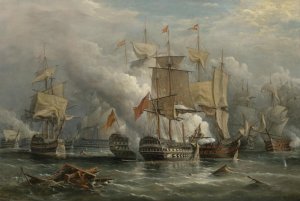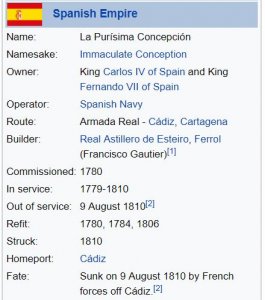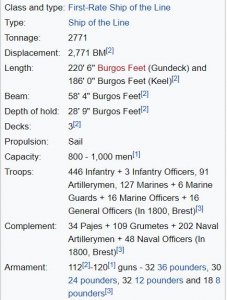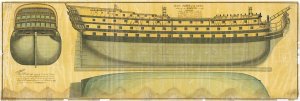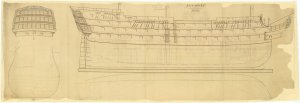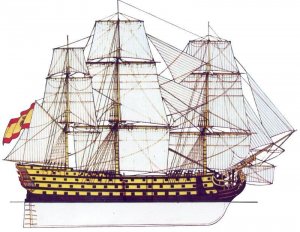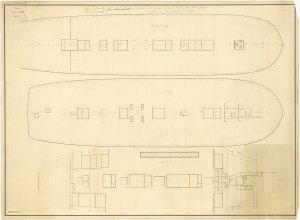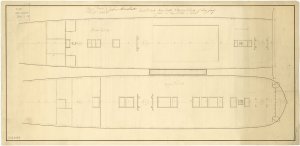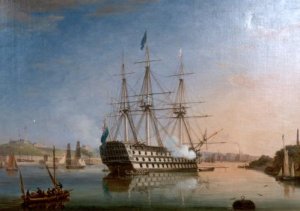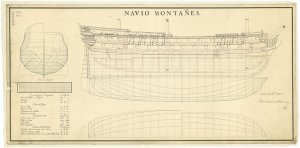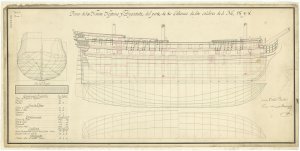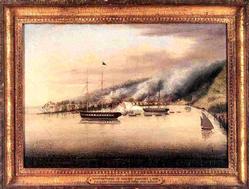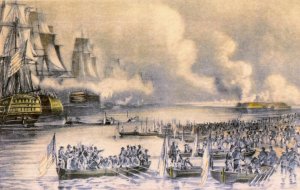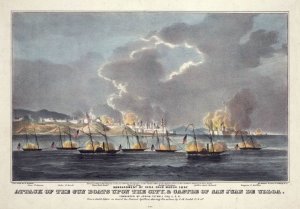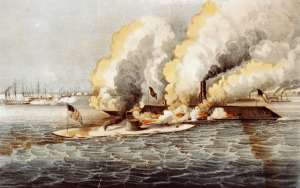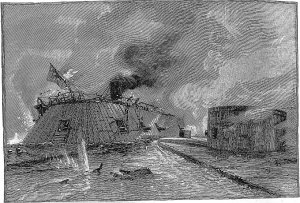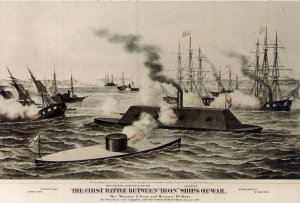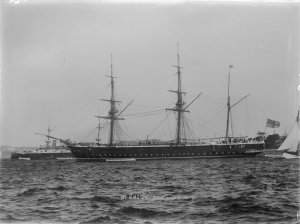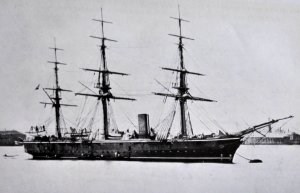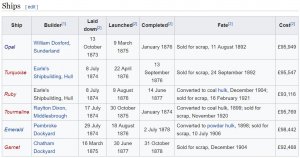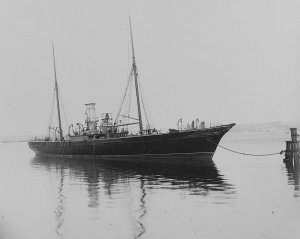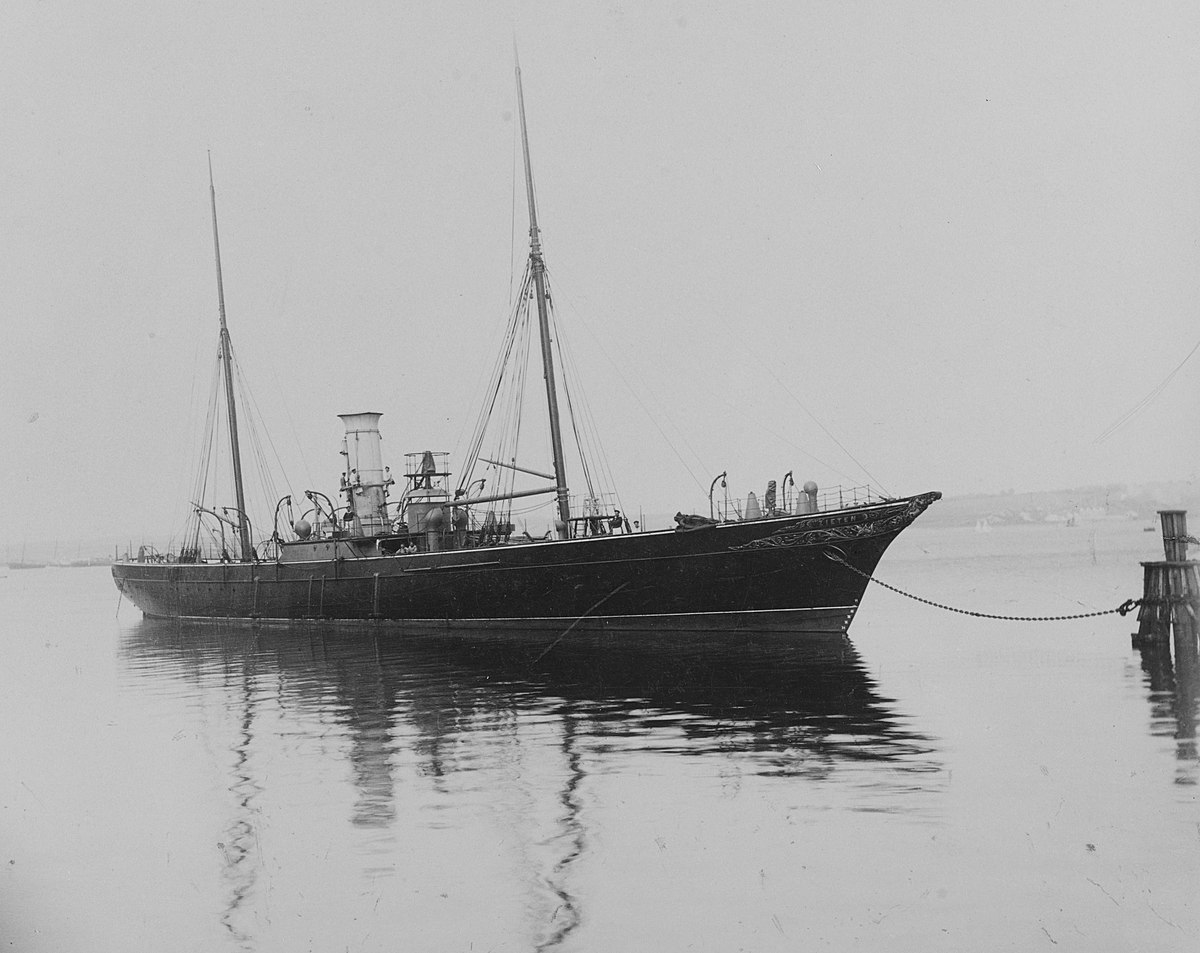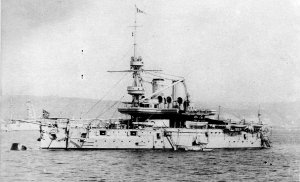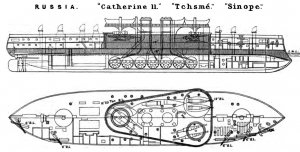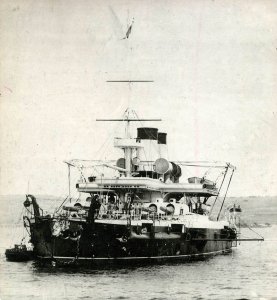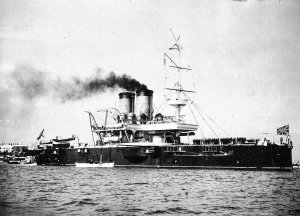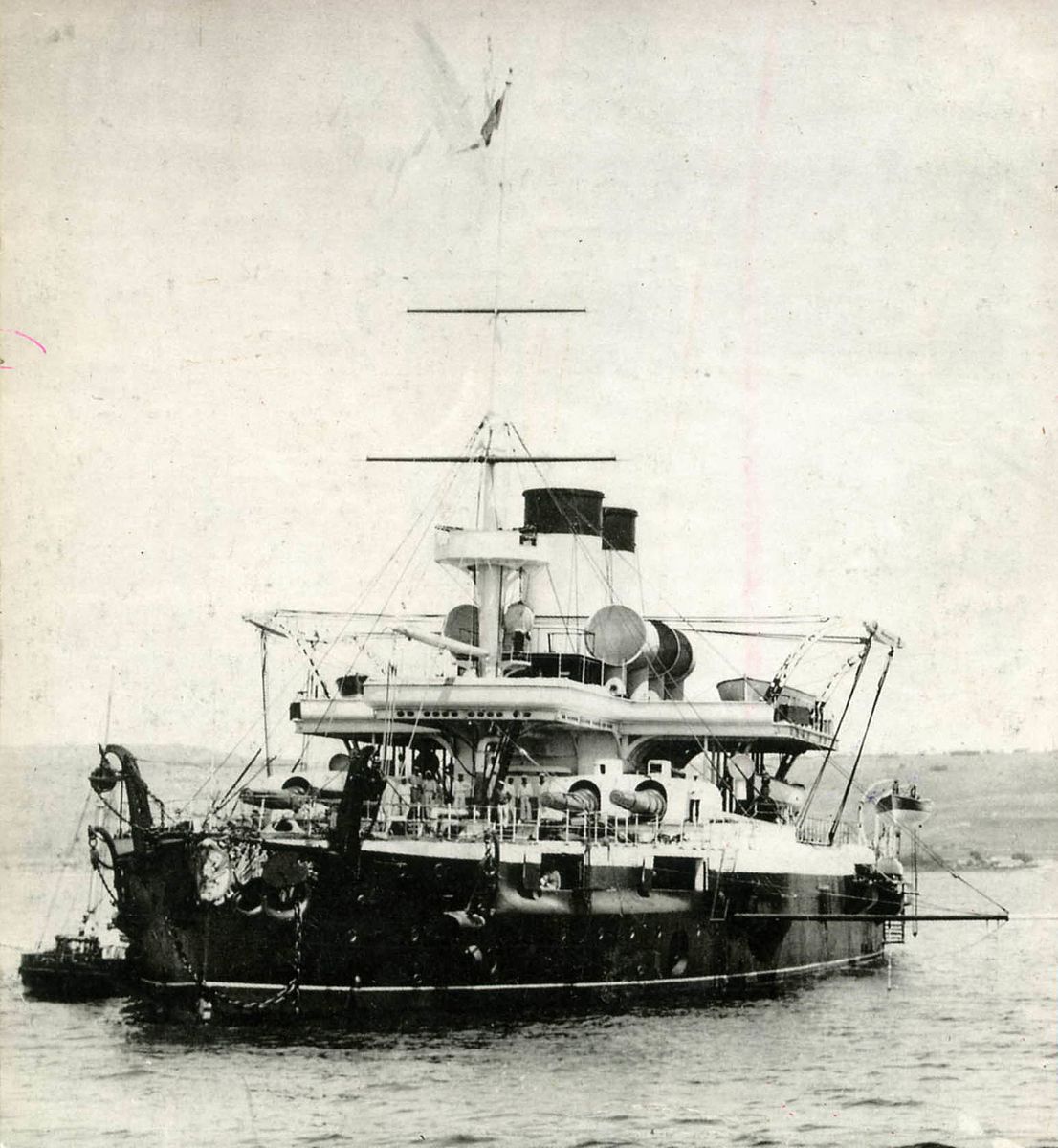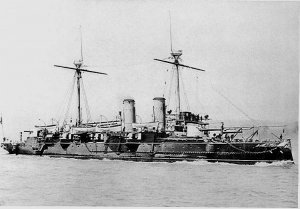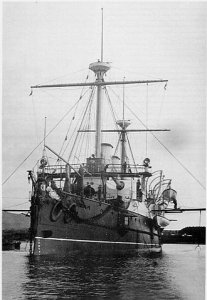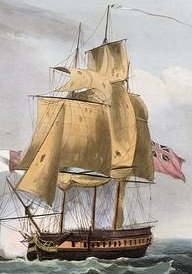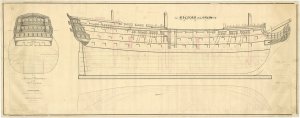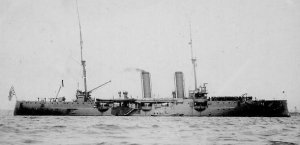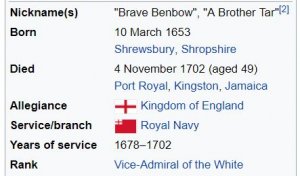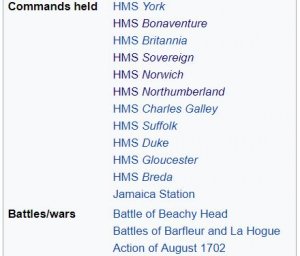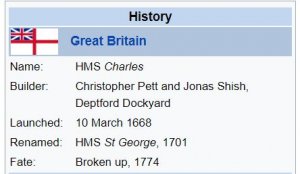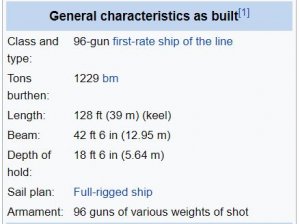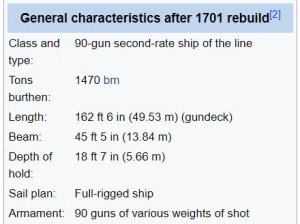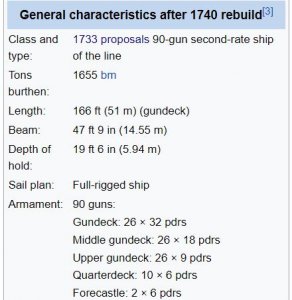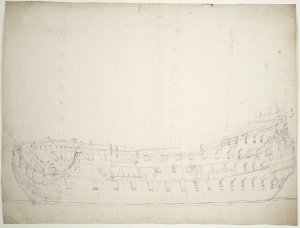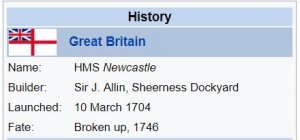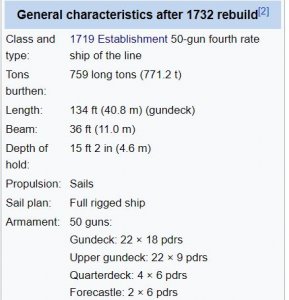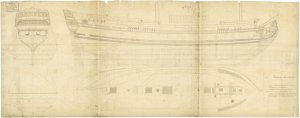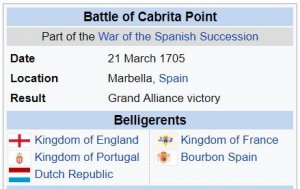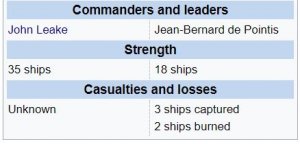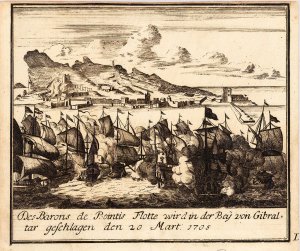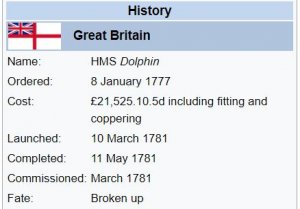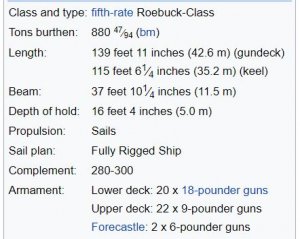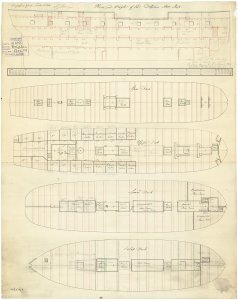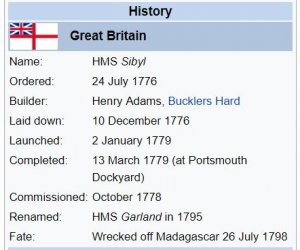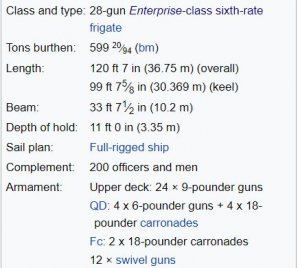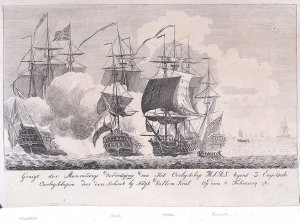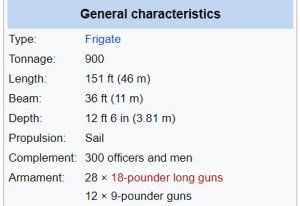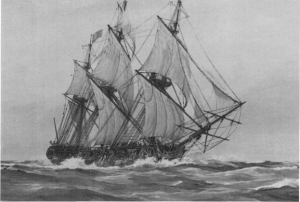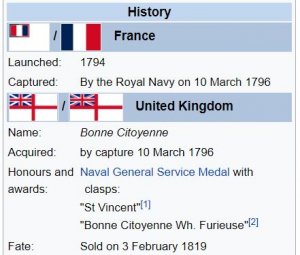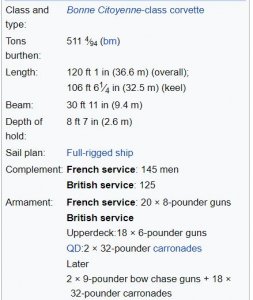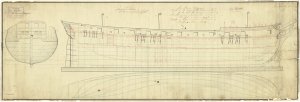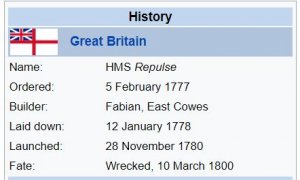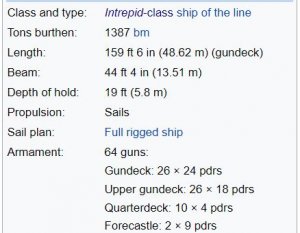Today in Naval History - Naval / Maritime Events in History
10 March 241 BC – First Punic War: Battle of the Aegates: The Romans sink the Carthaginian fleet bringing the First Punic War to an end.
The
Battle of the Aegates (
Italian Battaglia delle Isole Egadi) was fought off the
Aegadian Islands, off the western coast of the island of
Sicily on 10 March 241 BC. It was the final
naval battle fought between the fleets of
Carthage and the
Roman Republicduring the
First Punic War. The better-trained Roman fleet
[1] defeated a hastily raised, undermanned and ill-trained Punic fleet, which was a decisive Roman victory as Carthage sued for peace, resulting in the
Peace of Lutatius leading to Carthage surrendering Sicily and some adjoining islands to Rome.
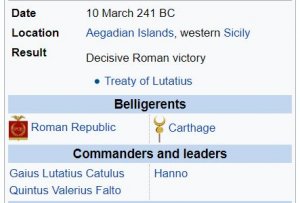
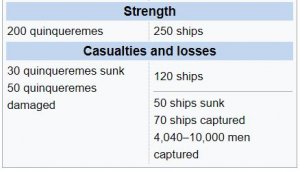 Prelude
Prelude
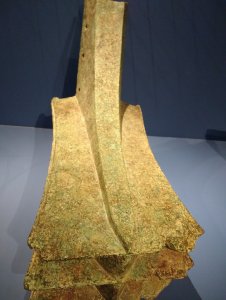
Carthaginian naval ram from the Battle of the Egadi Islands. Shows damage in the form of V-shaped scratches, attributed to frontal collision(s) with Roman ships (ram against ram).
The Carthaginians had gained command of the sea after their victory in the
Battle of Drepanum and the
Battle of Phintias in 249 BC, but they held only two cities in Sicily:
Lilybaeum and
Drepanum. The Carthaginian state was led by the landed aristocracy at the time, and they preferred to expand across northern Africa instead of pursuing an aggressive policy in Sicily.
Hanno "The Great"
[2]has been in charge of operations in Africa since 248 BC and had conquered considerable territory by 241 BC. The Carthaginian leadership probably thought Rome had been defeated and invested little manpower in Sicily.
Carthage at this time was feeling the logistical strain of the prolonged conflict. In addition to maintaining a fleet and soldiers in Sicily, they were also fighting the Libyans and
Numidians in northern Africa. As a result,
Hamilcar Barca was given a fairly small army when he took command in Sicily in 248 BC, and the Carthaginian fleet was gradually withdrawn so that, by 242 BC, Carthage had no ships to speak of in Sicily. Carthage was also feeling the financial strain of the war, which had led Carthage to request a 2000 talent loan from Egypt, which was refused.
Rome had previously rebuilt her fleets even after losing up to 600 ships in a storm in 255 BC and another 150 ships in 253 BC. The Drepana defeat and loss of the fleet so demoralized the Romans that they waited seven years before building another fleet.
[8][9] The absence of Roman ships probably caused Carthage, thinking the Romans would not venture into the sea again, to decommission her navy, sparing the financially strained state the expense of building, maintaining and repairing ships, plus and training and provisioning the crews.
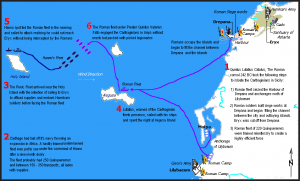
The Activity if Romans under Consul Lutatius Catulus to blockade Carthaginian strongholds of Drepana, Eryx and Lilybaeum in 241 BC during the First Punic War in Western Sicily. Carthage sent a fleet to lift the blockade. Romn won the ensuing naval battle, and Carthage sued for Peace.
The First Punic War, 247 – 243 BC
The years preceding the battle were relatively quiet. Hostilities between Roman and Carthaginian forces gradually stalled, becoming concentrated in small-scale land operations in Sicily. Hamilcar's strategic goal probably was to maintain a stalemate, as he had neither the resources to win the war nor the authority to peacefully settle it. Hamilcar was in command of a
mercenary army composed of multiple nationalities and his ability to successfully lead this force demonstrated his skill as a field commander. He employed
combined arms tactics, as
Alexander and
Pyrrhus had done, and his strategy was similar to the one employed by
Quintus Fabius Maximus in the
Second Punic War, ironically against
Hannibal, the eldest son of Hamilcar Barca, in Italy during 217 BC.
Hamilcar’s landing at Heirkte (near Panormus) drew the Romans away to defend that port city and resupply point and gave Drepana some breathing room. Subsequent naval raids along the Sicilian and Italian coasts did not lead to a permanent result. Guerrilla warfare kept the Roman legions pinned down and preserved Carthage's toehold in Sicily, although Roman forces which had bypassed Hamilcar forced him to recapture Mount Eryx from Rome, so he could better defend Drepana.
New Model Roman Fleet
While Hamilcar’s activities kept the Carthaginian flag flying in Sicily and after 20 years of war both states were financially and demographically exhausted.. Realizing they could not defeat Hamilcar on land, and without a fleet, blockade Drepana and Lilybaeum, Rome decided to build a new fleet. With the state coffers exhausted, the Senate approached Rome's wealthy citizens. These Roman citizens showed their
patriotism by financing the construction of one ship apiece. The result was a fleet of approximately 200
quinqueremes, built, equipped, and crewed without government expense. The Romans had copied tjhe design of a Carthaginian ship when first they decided to build a fleet in 260 BC. The Romans modelled the new fleet on the ship commanded by
Hannibal the Rhodian, who had repeatedly evaded the Roman blockading ships at Lilybaeum until his fast and manoeuvrable ship was captured.
Carthage Cornered
The new Roman fleet was completed in 242 BC and entrusted to the
consul Gaius Lutatius Catulus, assisted by the
praetor Quintus Valerius Falto. Romans had learned from past misfortunes at sea and their light, manoeuvrable ships were now more resistant to adverse weather conditions, with the
corvus having been abandoned. Catulus and Falto also to drilled the crews in manoeuvrers and exercises before leaving Italy, creating a fleet with crews at the peak of their fighting ability.
After arriving in Sicily with 200 Quinqueremes and 700 transports, Lutatius seized the harbour of Drepana and the anchorages off Lilybaeum uncontested, as there were no Carthaginian ships to counter the Roman fleet. Lutatius built siege works around Drepana. He also blockaded
Lilybaeum (at the western tip of Sicily, now called Marsala) and
Drepana, to cut their access to
Carthage. The intent was to cut Hamilcar Barca's supply and communication lines with Carthage. For the rest of the year Catulus waited for the Carthaginian response. The fleet and its crew trained and drilled while the siege was conducted to remain in peak condition. The
senate granted him a
proconsulship for 241 BC.
The Carthaginians were totally unprepared for Rome's actions. The garrisons of Lilybaeum, Drepana and Hamilcar’s army at Eryx held fast, but without supplies from Carthage they could not hold out indefinitely. Now that Rome had seized the initiative with a battle ready fleet blockading Carthaginian holdings in Sicily, without warships the unescorted Carthaginian supply ships would fall prey to the Romans.
Carthage began to ready a fleet, fit out transports, gather supplies and train crews and marines to meet the Roman challenge at sea. It took nine months to ready 250 warships and between 150 to 350 transports. Carthage was pressed for time as supplies in their blockaded strongholds were running out, and in their haste had a hard time finding the required rowers to crew the ships and marines to man them.
Hanno the Great was conducting his campaign against Numidians, so Carthage may have also suffered financial difficulties in paying for the fleet. As a result, the fleet was undermanned and the crew poorly trained, and far below the fighting quality of the Romans. Hanno, the general who had lost the
Battle of Agrigentum and
Battle of Cape Ecnomus, may have commanded the fleet, but given the habit of Carthaginians to crucify defeated commanders, it is not likely. It is not known why the victors of Drepana, Adherbal and Carthalo were not in command.
Battle of Aegates Islands
The Carthaginian fleet arrived to relieve the blockade in March 241 BC. Hanno called a halt near the Western-most Aegates Island (“Holy Island”) for the night, planning to use a favourable breeze to speed his fleet to Eryx. However, the Carthaginian fleet was spotted by Roman scouts and Catulus abandoned the blockade to meet his enemy. The Roman fleet sailed and anchored off the middle island. On the morning of March 10, the Carthaginians and Hanno immediately set sail. Catulus measured the risk of attacking with the wind in his bow versus the risk of letting Hanno reach Sicily to relieve Hamilcar Barca and
Lilybaeum.
Despite unfavourable conditions, the proconsul decided to intercept the Carthaginians and ordered his fleet to prepare for battle. He had the Roman ships stripped of their masts, sails and other unnecessary equipment in order to make them more seaworthy in the rough conditions. Catulus himself was unable to join the actual battle because of injuries suffered in an earlier engagement, so in the actual battle the ships were commanded by his second in command, Falto.
In the ensuing battle the Romans enjoyed a far greater mobility, since their vessels were carrying only the bare necessities, while the Carthaginians were burdened with men, equipment and provisions. The Carthaginian crews had also been hurriedly levied and thus were inexperienced. The Romans quickly gained the upper hand, using their ships' greater manoeuvrability to ram the enemy vessels. The Romans lost 30 ships sunk and another 50 damaged. 50 Carthaginian ships were sunk, 20 of them with all hands, and 70 were captured along with up to 6,000 men. The rest were saved only by an abrupt change in the direction of the wind, allowing them to flee from the Romans. Several rams from both Roman and Phoenician ships have been found along with amphora from the cargoes and helmets.
End of the First Punic War
Upon achieving decisive victory over the Carthaginian fleet, Catulus continued the land operations in Sicily against Lilybaeum, Eryx and Drepana which were being defended by Hamilcar Barca and his army. The Carthaginian senate was reluctant to continue the war by allocating the resources necessary to have another fleet built and manned. They ordered Hamilcar to negotiate a peace treaty with the Romans, which he left up to his subordinate commander Gesco. The
Treaty of Lutatius was signed with conditions unfavourable to Carthage and brought the First Punic War to its end.
To celebrate his victory, Catulus built a temple to
Juturna in the
Campus Martius, in the area currently known as the
Largo di Torre Argentina.
https://en.wikipedia.org/wiki/Battle_of_the_Aegates en.wikipedia.org
en.wikipedia.org



